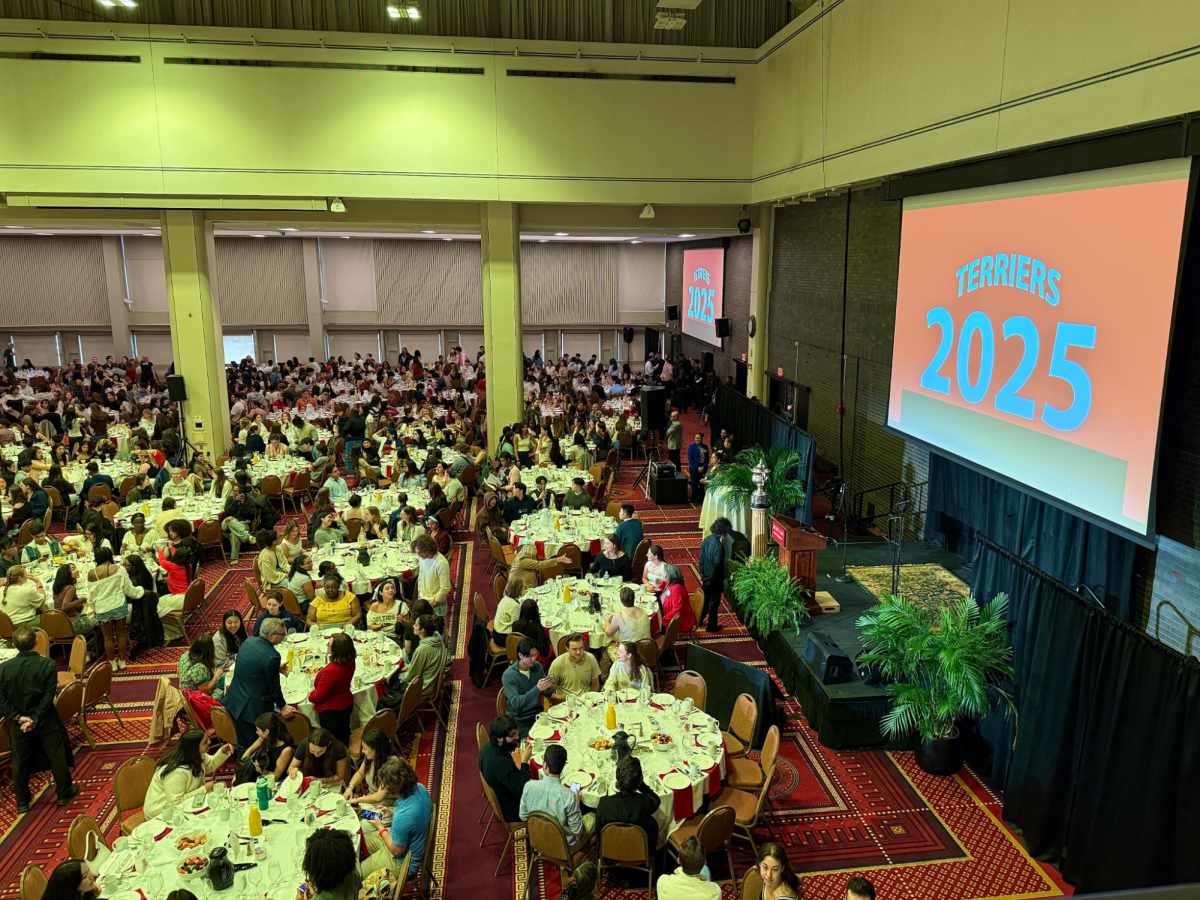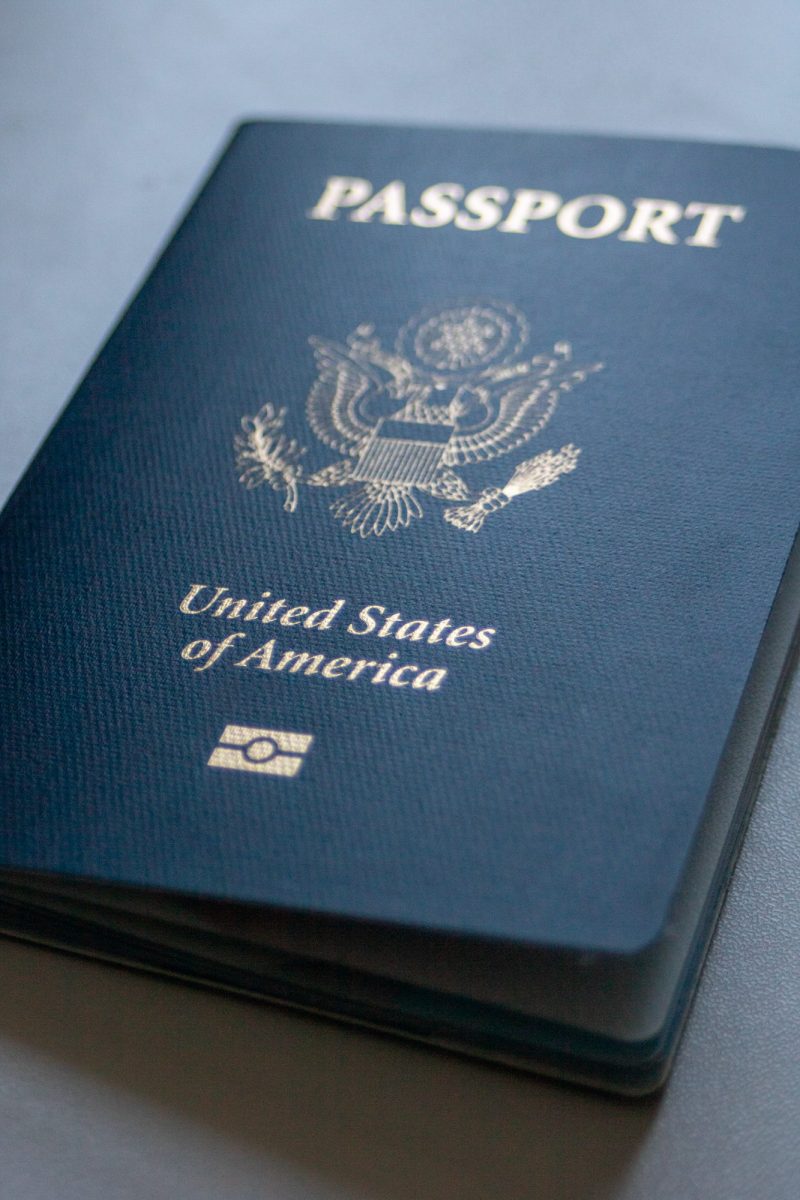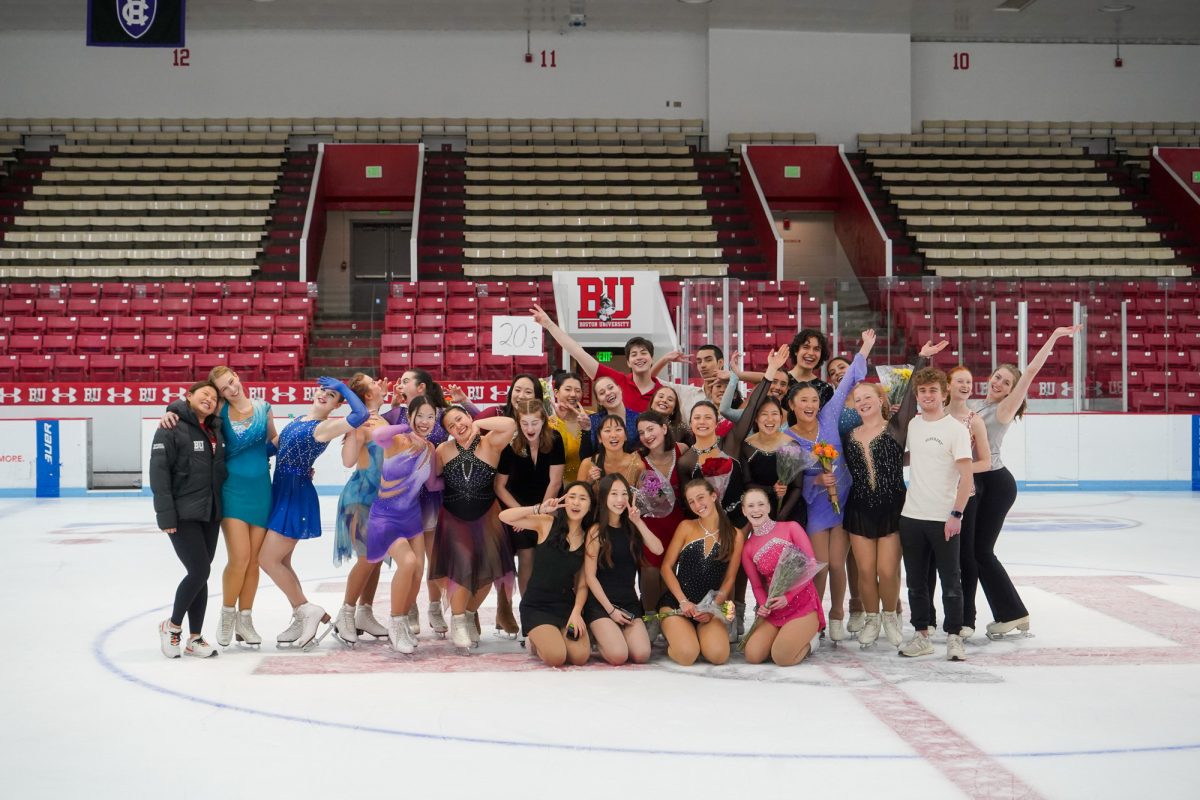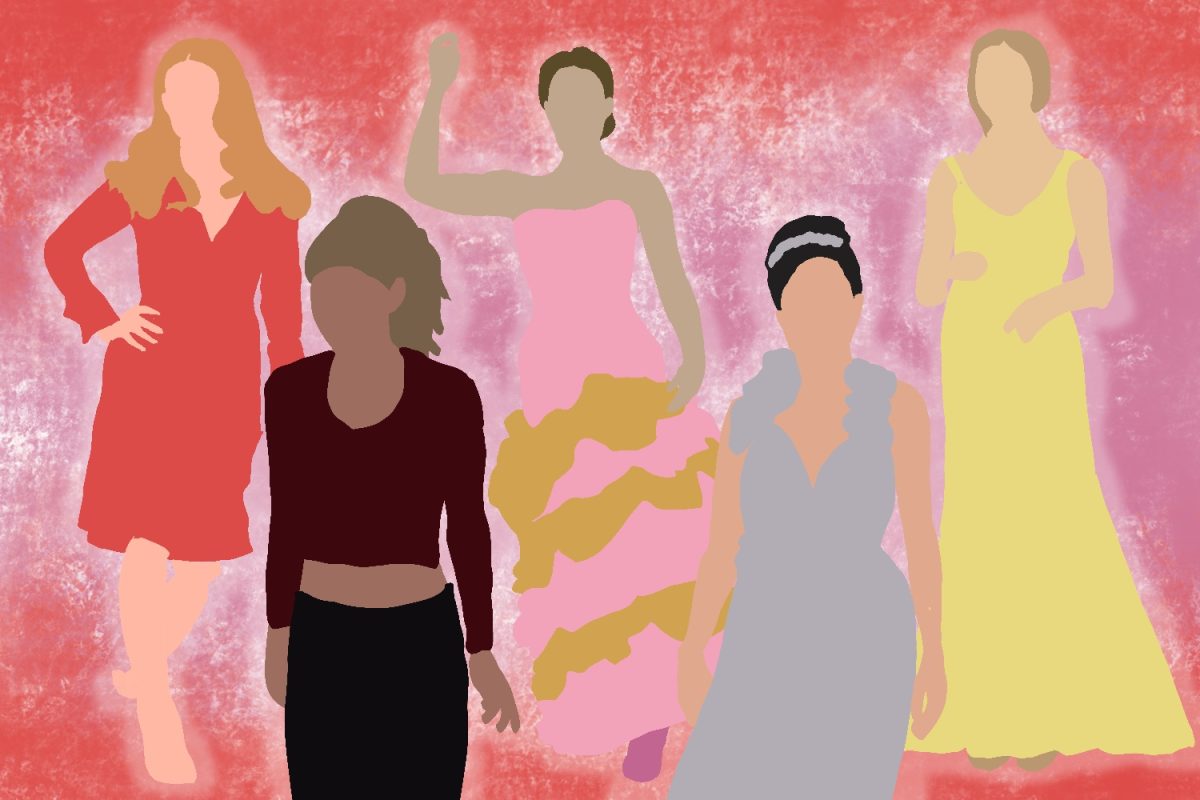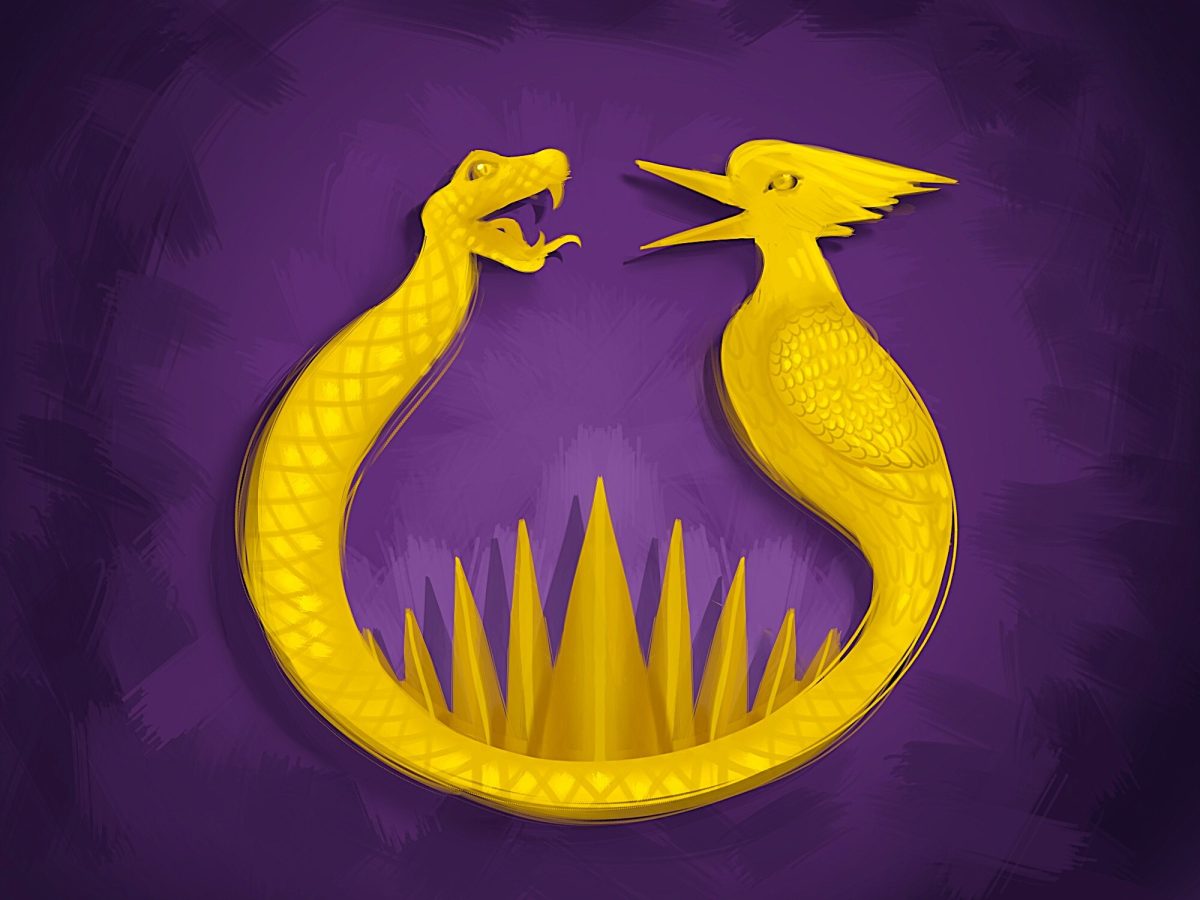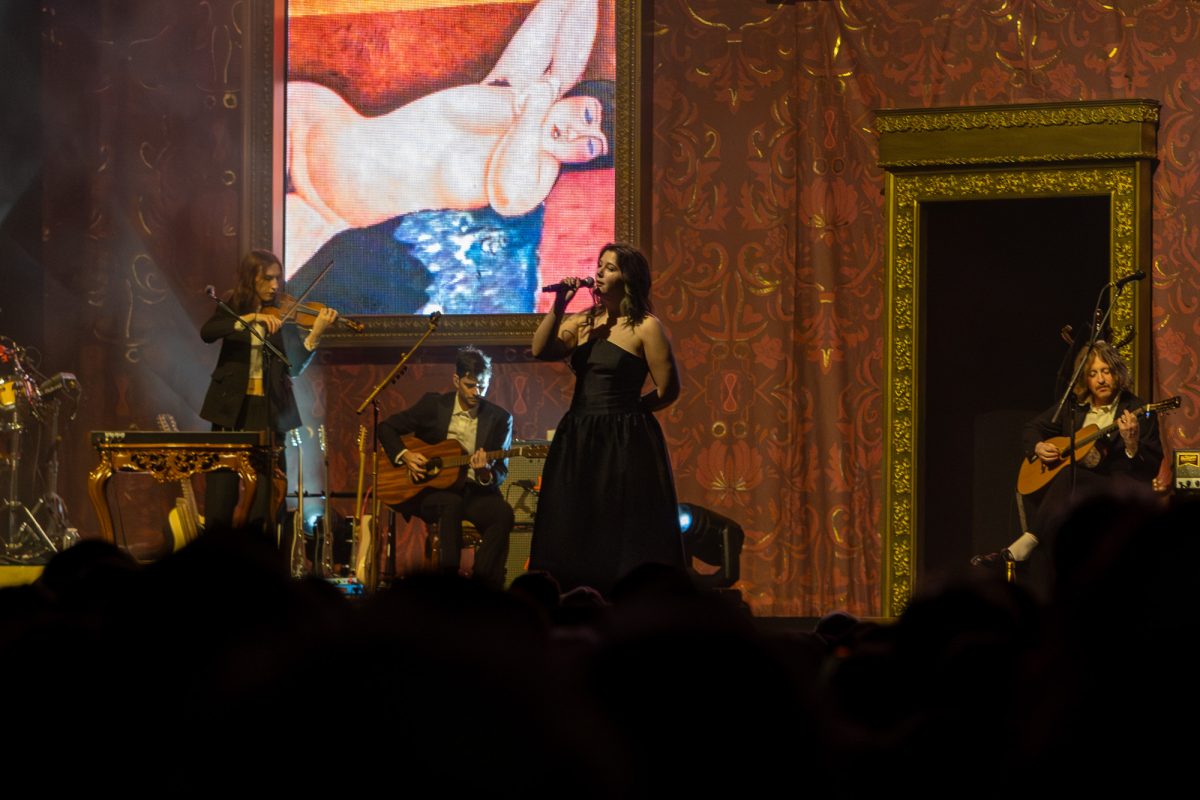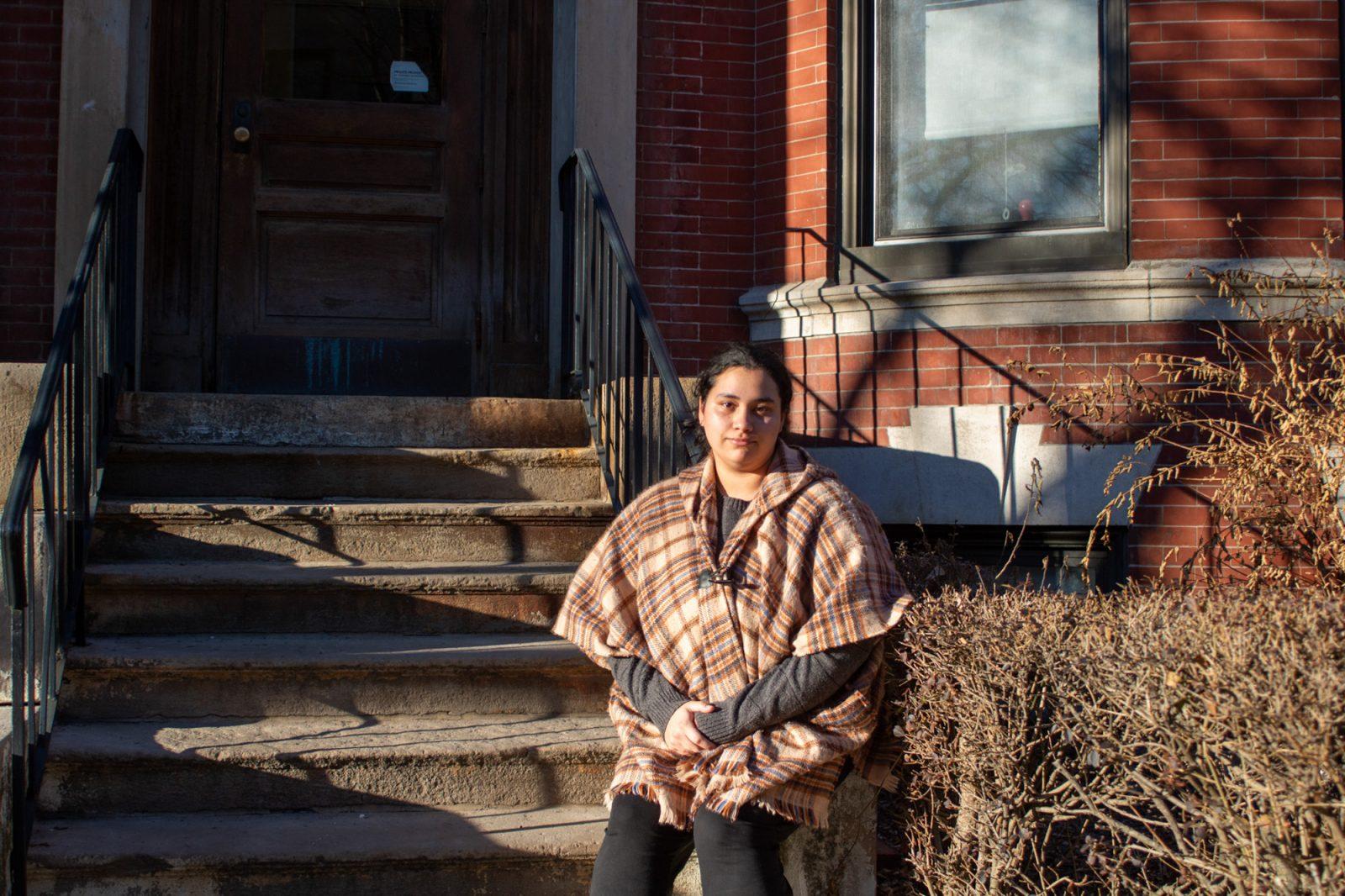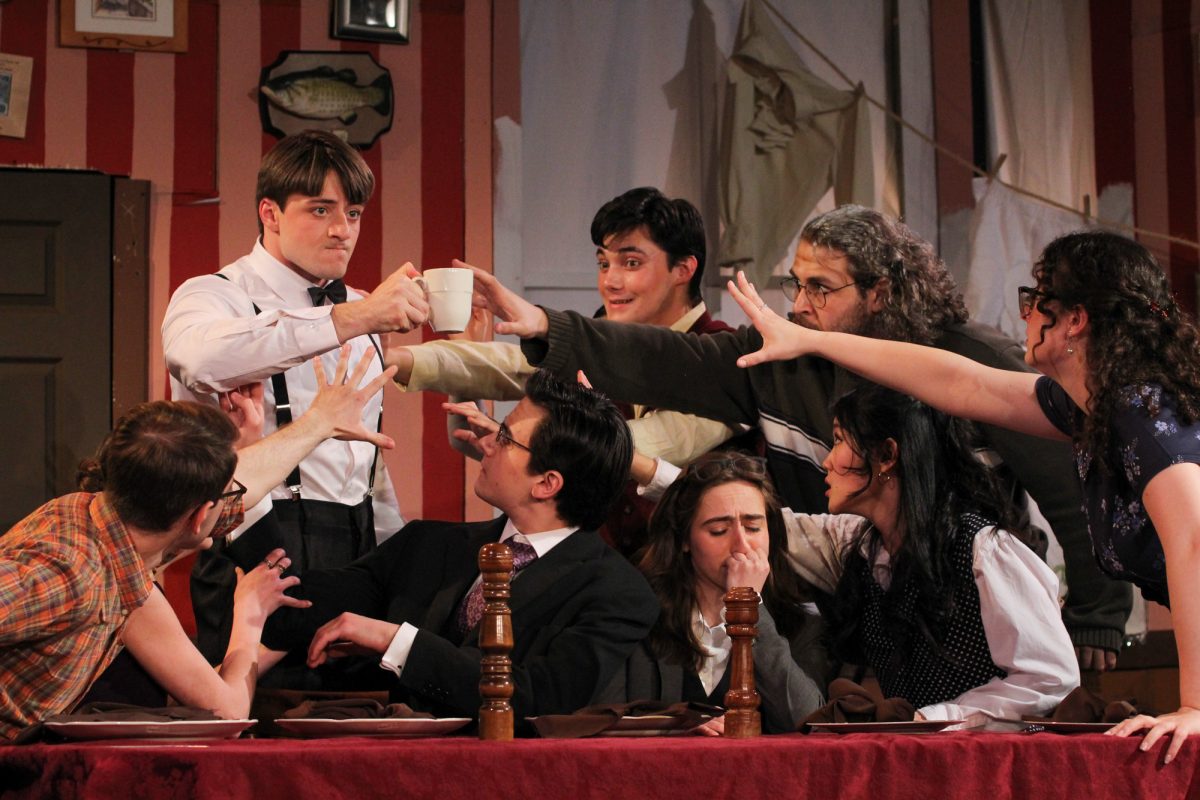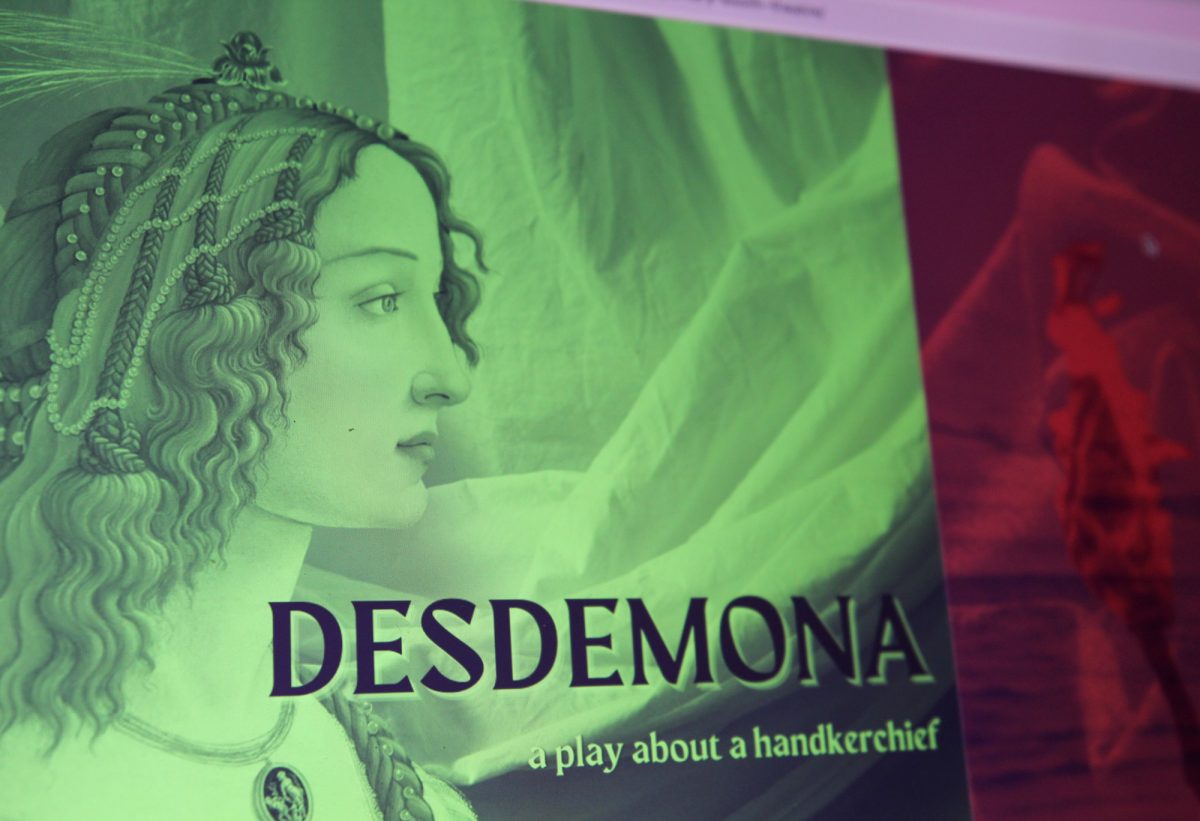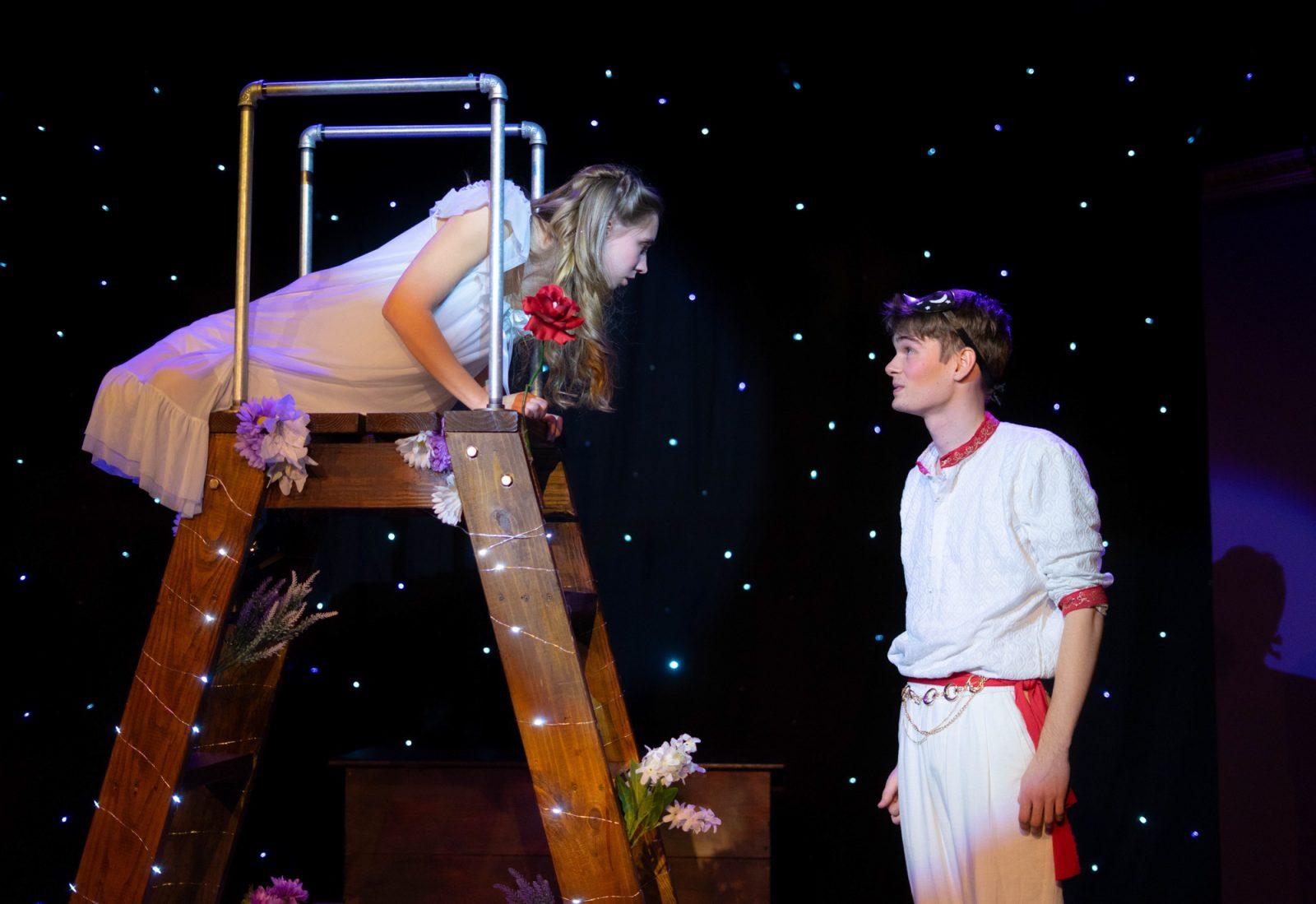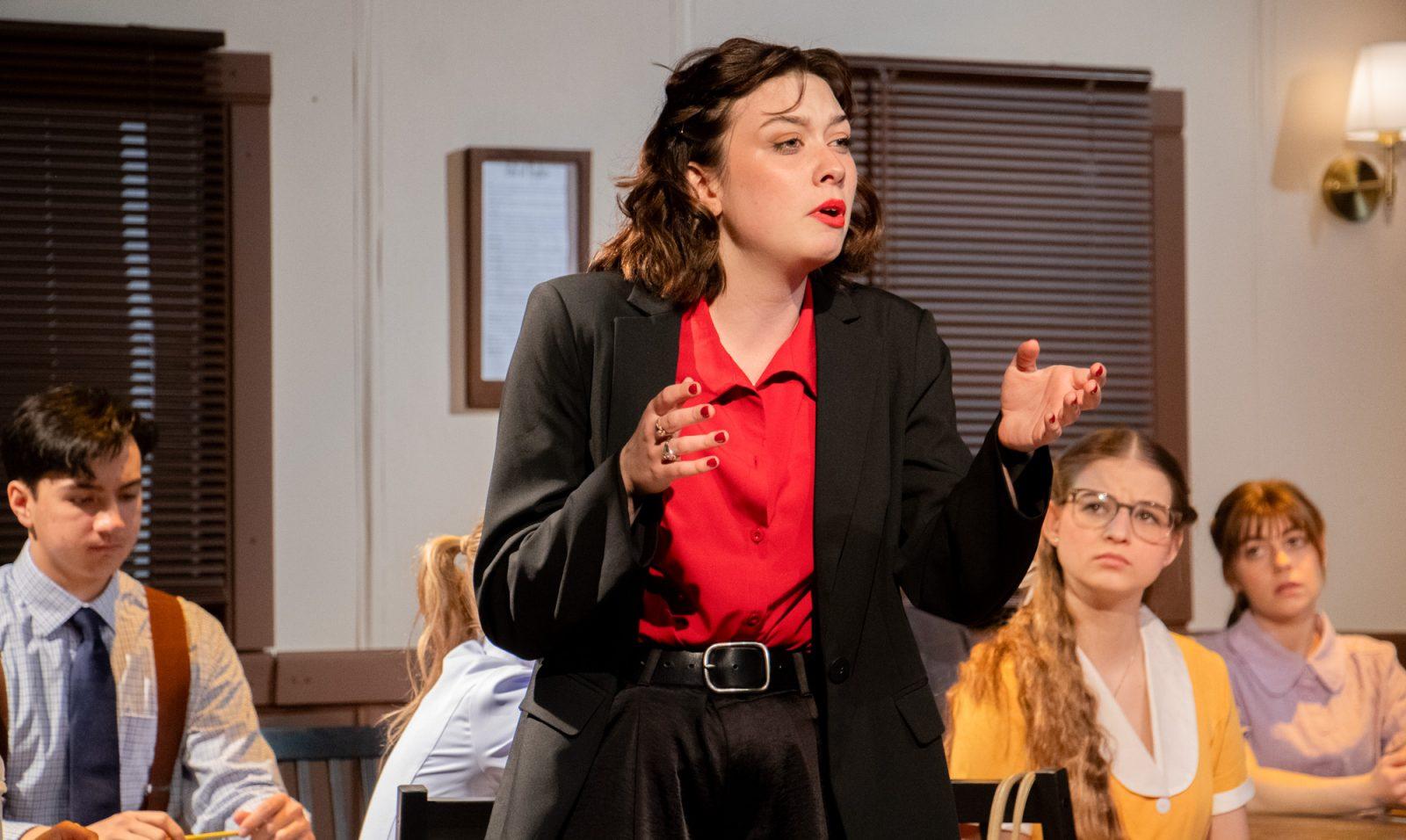“Don Quixote” is a story with over four hundred years of influence, adaptation and intellectual discussion. It is the subject of countless debates, dissertations and disagreements, but as the dancers take the stage for the Boston Ballet’s 2023 production of Rudolf Nureyev’s ballet interpretation, the audience is reminded that the chivalric farce is not just an academic talking point — It’s also a lot of fun.
“Don Quixote” will run at the Boston Ballet from March 16-26.
As the curtain rises and the performance begins, it’s like a pantomime. The actors move about the set gesticulating. There is little dancing as the titular Don lies anguished in his bed, driven mad by romantic tales of knights and damsels. Attempting to save Quixote from his delusion, the Don’s housekeeper and valet set about destroying his books.

Before they can succeed, he springs from the bed and drives them away with his sword. Hallucinating, he sees the Lady Dulcinea abducted, and vows to save her. Sancho Panza then bursts onto the set and is soon enlisted by the Don to embark on a valiant journey. With armor, sword and lance, Don Quixote and Sancho Panza march off into the unknown.
Parallel to the Don’s journey, Kitri, the daughter of Lorenzo the innkeeper, falls in love with Basilio, a barber. Her father denies the couple his blessing, wanting her instead to marry Gamache, a nobleman. The pair run off together, scheming to seal their union with Gamache and Lorenzo in hot pursuit, and this is effectively all of the plot that will happen for the rest of the show. Quixote will occasionally appear in the action, solve or participate in the conflict and ride off on his trusty steed, leaving the lovers to flee to their next destination.
In the medium of ballet, the story can afford to be looser, as the suspension of disbelief is different than it would be for a film or traditional play. “Quixote” has a particularly loose story, in that there is not much of it to begin with. This plot-heavy prologue is perhaps the only moment in the show that is so dense with mime acting and story. The bulk of the ballet is, as one might expect, dancing.
And the dancing is incredible.
Much of the scenes in “Don Quixote” begin with a large group dancing, then somebody very exciting shows up, often with a special prop, and has a solo. The opening show on March 16 featured Ji Young Chae as Kitri and Dulcinea, with Jeffrey Cirio as Basilio. Both were phenomenal.
Chae and Cirio seem to be able to switch off physics when necessary, floating and twirling across the stage, switching to fast-paced pirouettes and leaps without missing a beat. Particular highlights include Kitri’s fan dance and Basilio’s guitar dance in Act I, and the wedding dance in Act III.
It is impressive every single time a dancer tosses something into the air while another actor catches it perfectly. Maybe that’s not ballet, but it’s very cool. Coming to the conclusion of the show, the wear of the intense choreography was clear in the actors’ movements, but the visible effort only served to make the successful execution more astounding.
While not as dynamic a set of roles, Daniel Rubin and Isaac Akiba as Don Quixote and Sancho Panza were pitch-perfect choices. Rubin perfectly captures the deathly serious yet entirely silly way Quixote carries himself, and Akiba’s clownish Sancho compliments his already ridiculous actions with his constant earnest encouragement. Despite the lack of dialogue, both performers clearly express a level of character, which is an impressive feat in this abstract medium.
Even outside of offering impressive performances, Nureyev’s choreography serves the comedy of the play. Small moments, like Kitri getting fully swung through the air by her father, Basilio’s nonchalant fake death and Quixote’s ridiculous horse — an actor in a wooden shell — produced audible laughter from the audience. Larger comic setpieces, like Quixote and Gamache’s duel, or the Don’s trip around the iconic windmills effectively combine the languages of dance and pantomime comedy to produce something entirely unique.
Complimenting the actor’s performances was Nicholas Georgiadis’ set design and Brandon Stirling Baker’s lighting. The way the shadows played across the wall in Quixote’s bedroom perfectly expressed the delusion he was experiencing, all with only one performer on stage. The delicate lighting of the Act II dream sequence played well with the interlaced backdrop and rolling fog.
A major part of the set design was walking a line to present a setting while still allowing for a large area to dance. The strategic placement of set elements like towers, caravans and of course windmills often successfully create the sense of a place without restricting the dancers. Alongside the staging by Clairemarie Osta, every element of the production was working as one.
“Don Quixote” is certainly not without flaws. Some sets are a bit bare, the story shies away from some heavier aspects of Miguel Cervantes’ original novel and big moments can sometimes fall a little short. In the execution of the windmill scene, for instance, Don Quixote’s actor is switched for a dummy and this was not performed as cleanly as possible, with Rubin still visible behind the set piece even before the cowboy switch that brought him back to the scene. Still, a small error like that is part of a live performance and not remotely a dealbreaker. While “Don Quixote” is perhaps imperfect, it is certainly charming.
It may not be the deepest story or a perfectionist’s dream, but “Don Quixote” is not trying to be. It is trying to be an entertaining exhibition of spectacular performance, inventive staging and a fun story — it manages all these things wonderfully. Even if one is poorly versed in the world of ballet, there is always the simple joy of watching extremely talented people do what they do best. Like its namesake, “Don Quixote” sets out to bring something brighter to the world, and while the ballet knows its means are silly, that doesn’t make them any less effective.




